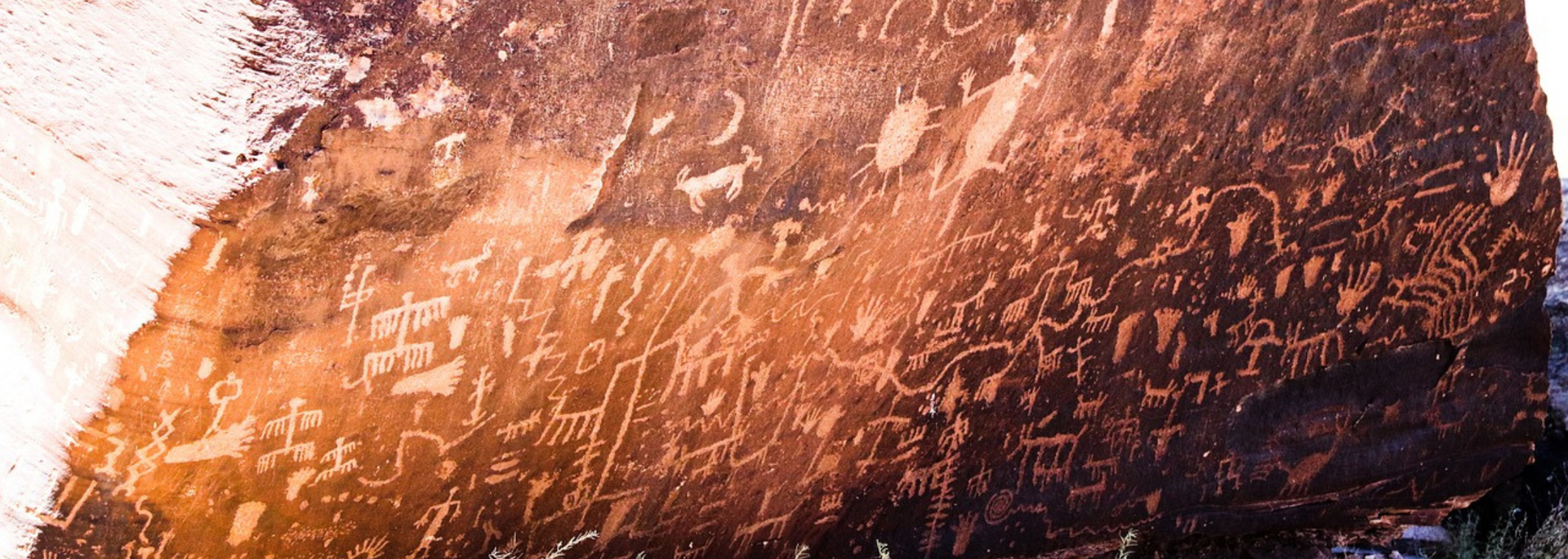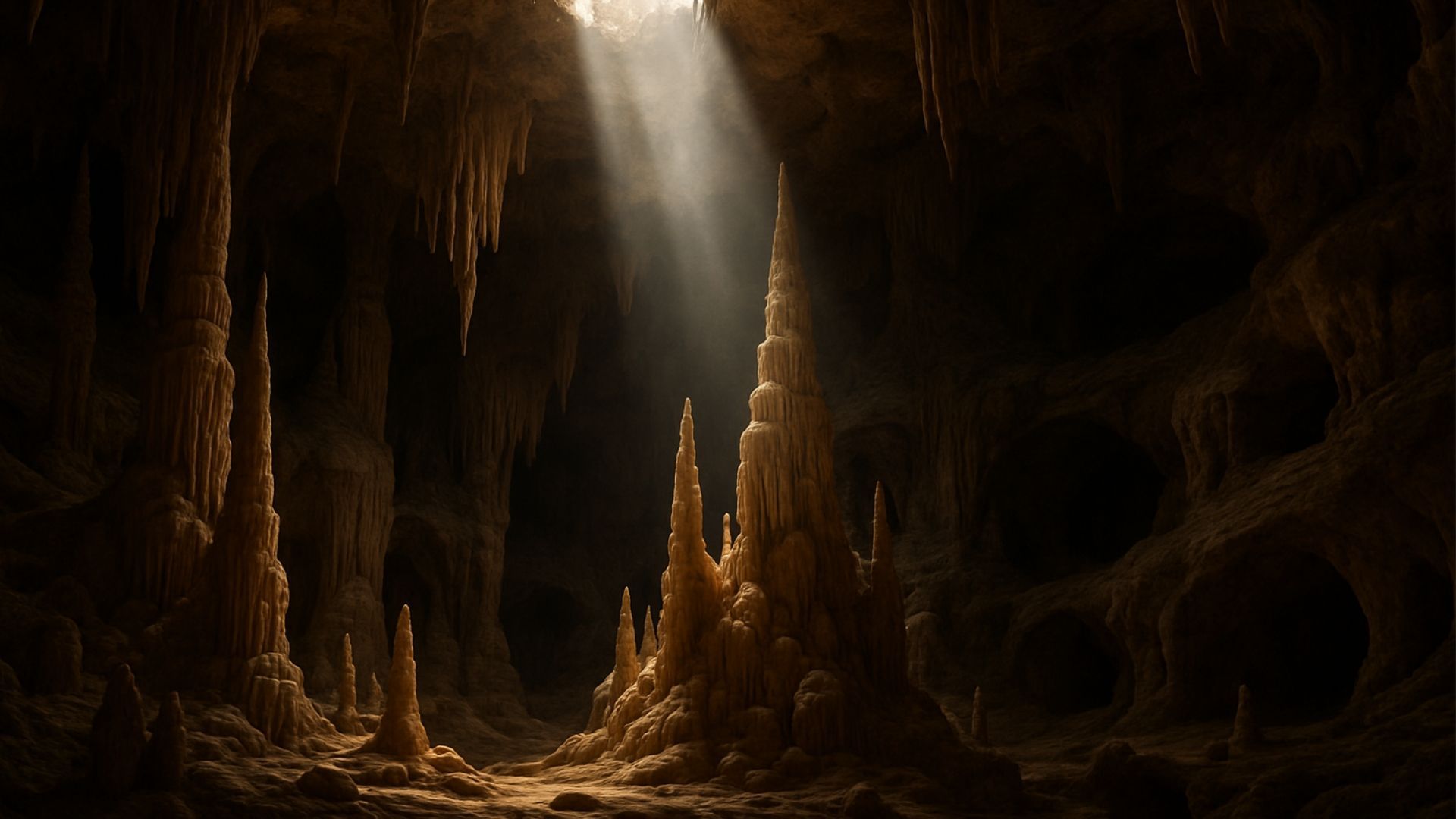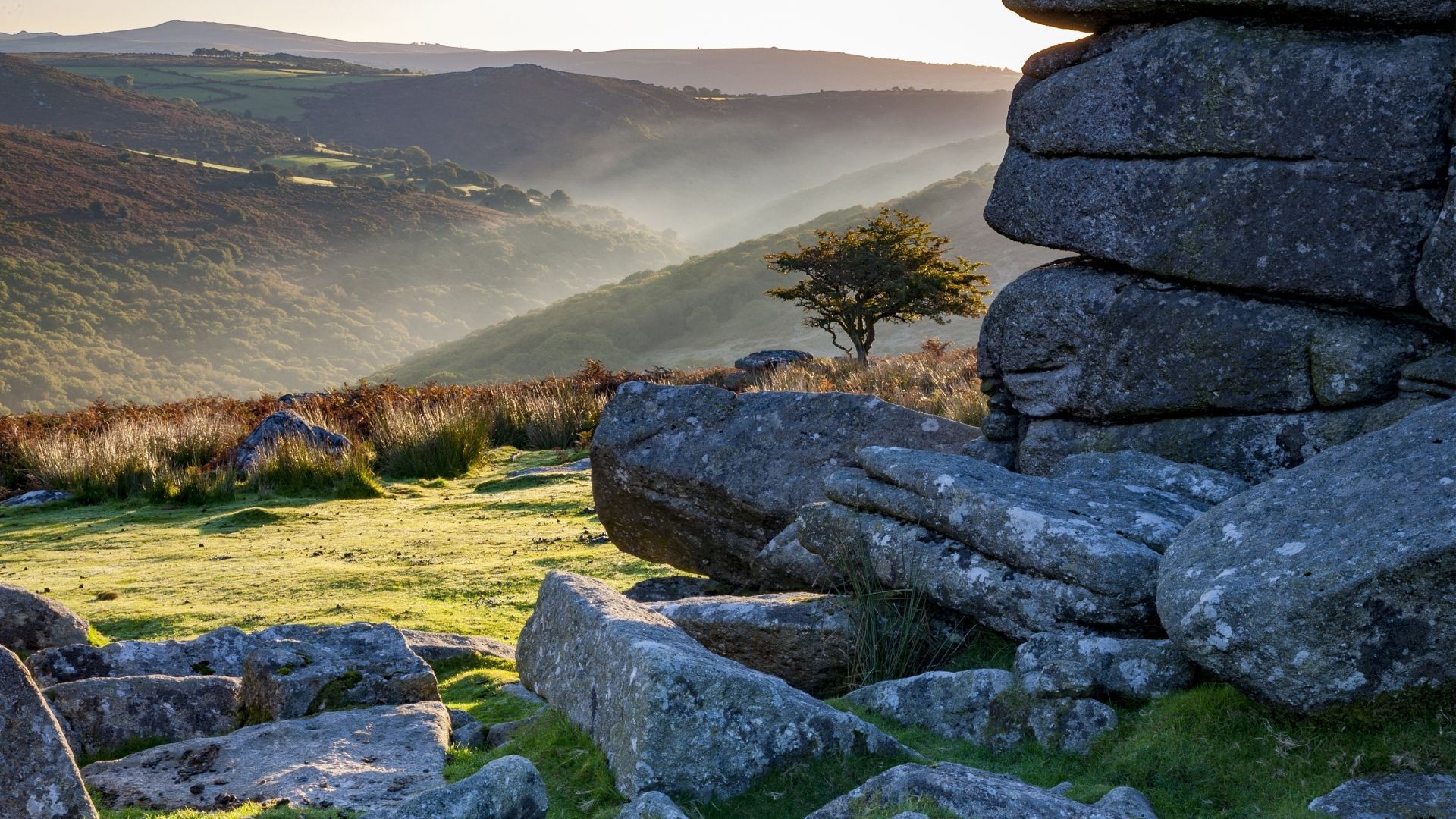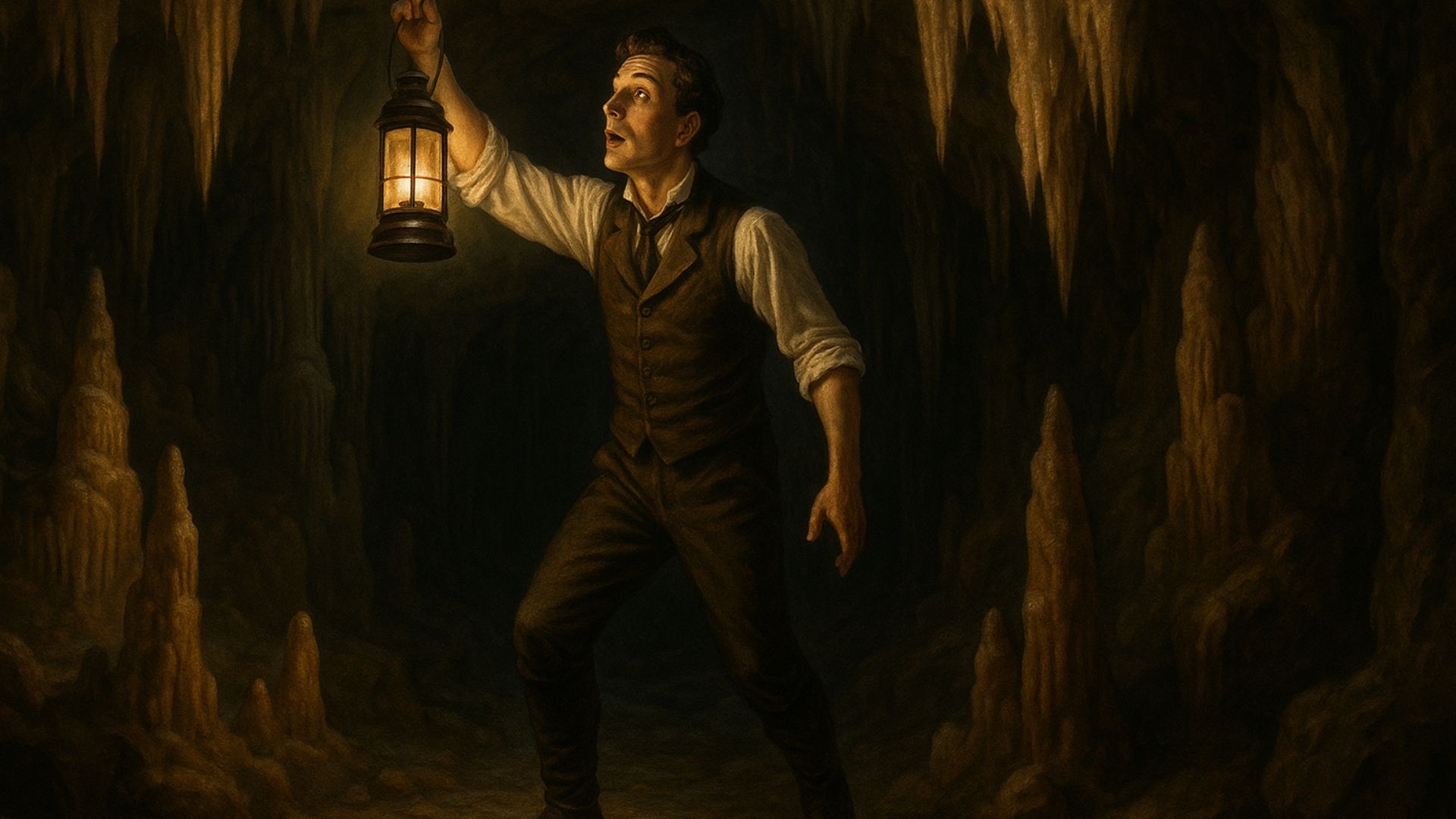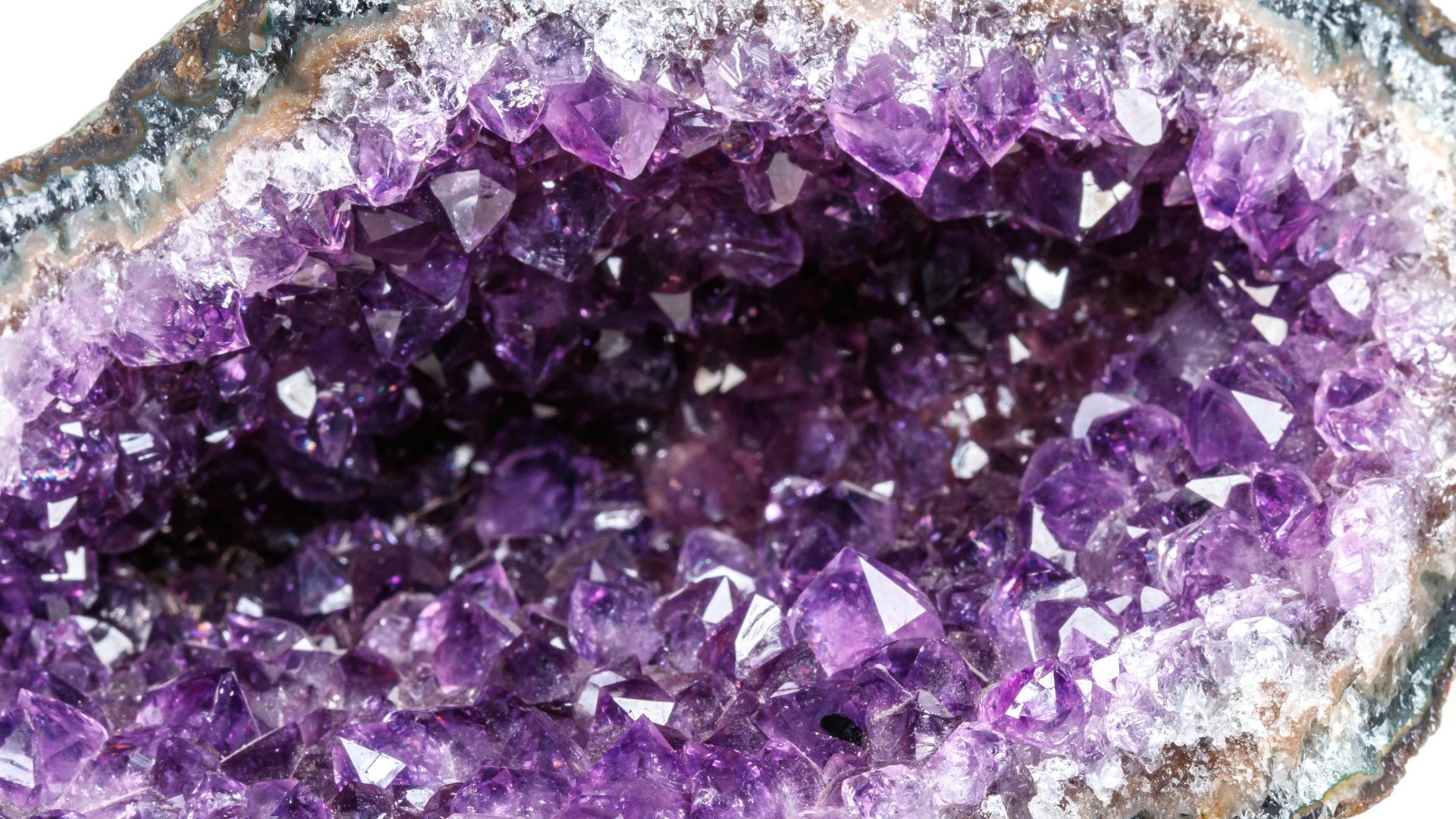Stone Age people left no written records – so how do we know what their lives were like? Let's find out.
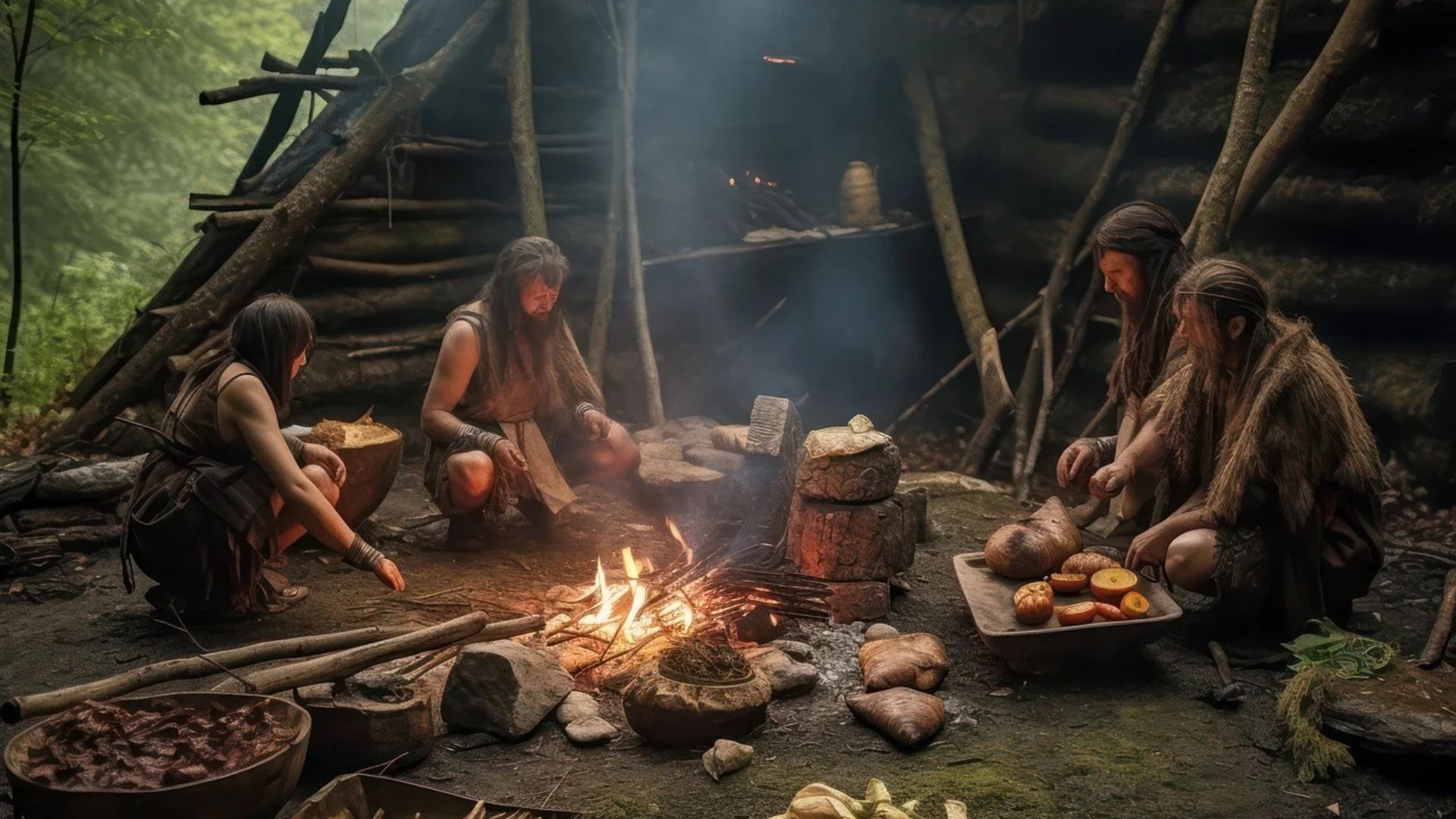
How do we know what the past was like? In the case of recent eras – the reign of Queen Victoria, for instance – we have huge amounts of written materials to work with. Diaries, parish records, books, newspapers – the list goes on.
But when it comes to prehistory, sources are scarce. Sadly for us, there are no caveman diaries describing
a day in the life.
Despite all this, we have a fairly solid idea of what Stone Age life was like. As with all historical study, it's open to revision. Nevertheless, historians will tell us where Stone Age people lived, the tools they used, their hunting habits and even their hobbies.
Where has this information come from? The answer is simple: archaeology.
In theory, you could write a history of the Second World War using just written sources. But our understanding of Stone Age life comes from things dug up from the ground.
In this article, we look at the artefacts and remnants that, taken together, paint a picture of a life so different from our own. But first – when was the Stone Age?
A very (very) brief history of the Stone Age
The Stone Age is a prehistoric era that began around 2.6 million years ago. It's called the Stone Age because humans used stone tools for hunting, building and cooking. It lasted until 3300 BC when humans discovered metallurgy and started making tools and weapons from bronze.
The Stone Age is split into three periods: the Paleolithic, the Mesolithic and the Neolithic. At this time, humans lived alongside Neanderthals, Denisovans and other hominins.
It could be that our primate ancestors got to stone tools before us. This is deduced from the fact that some apes can use stone tools to get food.
Tools
Ask the person on the street to draw a Stone Age man or woman and they'll probably draw someone holding a club.
So much of what we know about the Stone Age is based on the tools we've found – after all, the very phrase derives from their primary material.
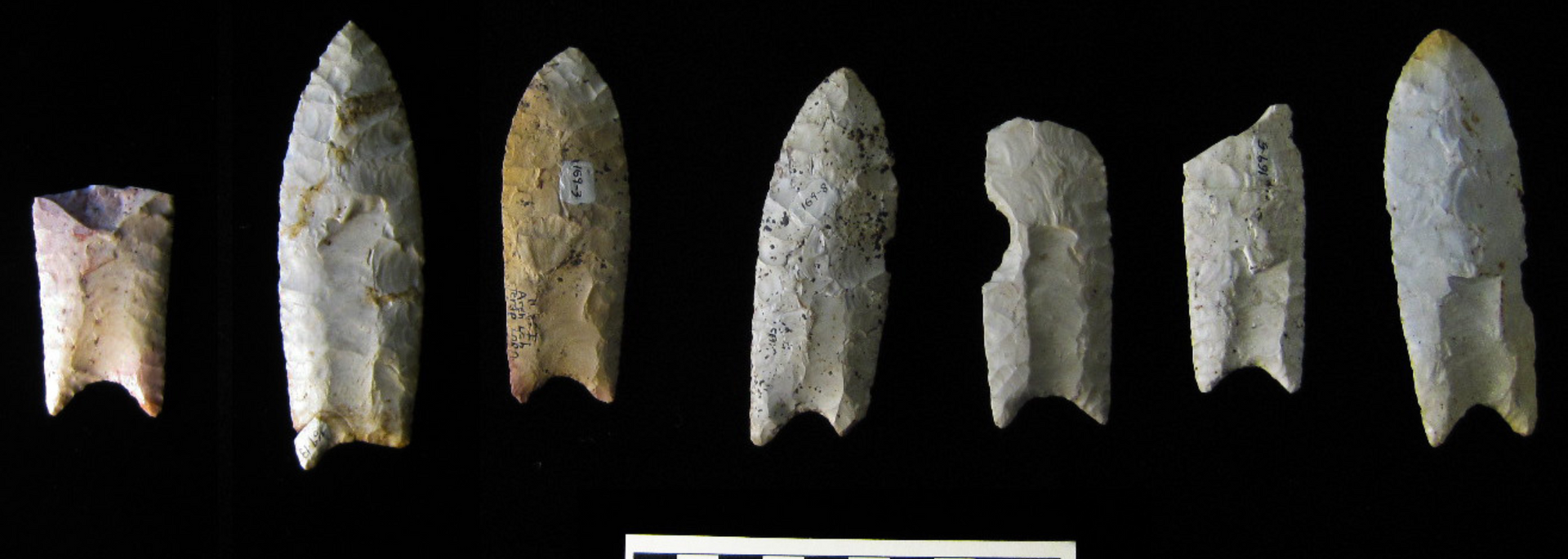
In fact, the starting point of the Stone Age is based on the date of the earliest known tools – the so-called Oldowan toolkit, unearthed in Tanzania in the 1930s by Louis Leakey. This means that if an earlier example were found, our timeline of prehistory would change.
Stone Age men and women primarily used hammerstones to break up stones, nuts, seeds and bones. They also used them to grind clay into pigments.
Later, they developed hand axes, spear points, awls for shredding plant fibres and scrapers to prepare animal hides. As their tools developed, so did their hunting techniques and shelters.
It could be argued that the Stone Age should really be called the Stone, Bone and Ivory Age. Archaeologists have found needles, figurines and flutes made out of these materials. But without stone tools, humans never would have got hold of the bone and ivory in the first place.
Food
Today, some people swear by the Paleo diet. For Stone Age people, it was a necessity.
Their diets varied from place to place, but studies of human remains suggest they ate meat, fish, eggs, grass, tubers, fruit, vegetables, seeds and nuts.
Different humans at different times also used clay pots for cooking and storage. The oldest examples of this were found in Japan and may be 16,500 years old.
Researchers also believe later Stone Age humans learned how to cure meat. This is based on the prehistoric prosciutto found in the stomach of Ötzi.
Ötzi was the natural mummy of a man who lived between 3350 BC and 3105 BC – right at the end of the Stone Age.
Archaeologists have also discovered evidence of bread-making in northern Jordan. However, we don't yet know just how they harvested or milled the flour.
Art
Cartoons and cliches will tell you that Stone Age men and women were, well, a bit thick. One strong piece of evidence to the contrary is the abundance of
Stone Age art.
Cave paintings have been found in parts of Europe, the Near East, Asia and Africa – some dating from around 50,000 years ago. These range from simple geometric designs to complex petroglyphs: cave murals created with hammerstones and stone chisels.
Prehistoric humans also sculpted. A famous example is the Venus of Hohle Fels, made from mammoth ivory. At the time of writing, it's the earliest known artistic depiction of a human being.
Shelters
Stone Age people lived in caves, right? Well, yes and no. Many did – and the caves that once housed them are archaeological goldmines, revealing much about their habits. Archaeologists have even found early musical instruments in caves.
However, some early humans also lived in mud-brick houses. Examples of these were found in Turkey in the 1960s.
These buildings were close-packed and rudimentary. Nevertheless, they served their inhabitants well with hearths, ovens and platforms for sleeping.
Historians believe that much Stone Age activity in these settlements would take place on the rooftops. They would even enter the house through a hole in the roof.
Animals
In some ways, the Stone Age landscape was similar to ours. But it was filled with animals that are now long-extinct: cave lions, woolly mammoths, sabre-toothed tigers, giant sloths and even a car-sized armadillo known as the glyptodon.
Humans spent much of their time hunting. Without this central activity, they wouldn't just be hungry – they wouldn't have clothes, tools or shelter either.
But did you know that early humans also kept pets? Stone Age people have been found buried with dogs in what we now know as Germany.
Bodies
The average height and build of Stone Age people have been determined from their remains.
It seems a woman's average height was five feet, and a man's five foot four inches. They were better built and more muscly than today thanks to their active lifestyles. Their life expectancy was just 35.
Here at Stump Cross Caverns, we love nothing more than teaching little explorers about the wonders of the natural world – including our own human history. We regularly hold fun and educational
kids' activities in Yorkshire, ranging from fossil digs to Stone Age craft workshops. Want to get involved? Explore your options in our
ticket portal.

